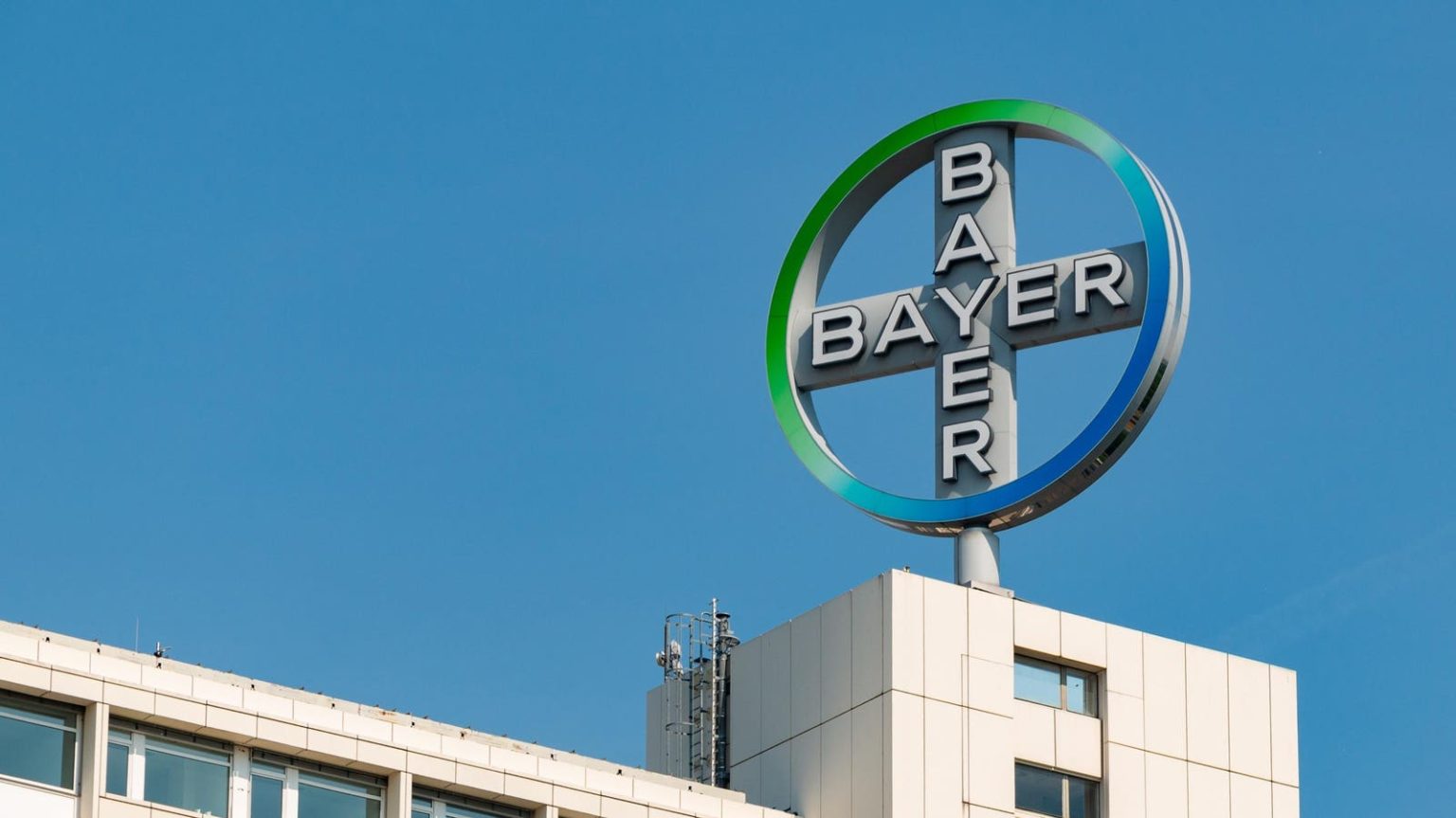Bayer is a silent yet staple cog in the broader healthcare landscape. The pharmaceutical giant produces items that impact billions of people on a daily basis, including medications such as Aspirin and Aleve, to agricultural products and insecticides. The company was founded in the early 1800’s, and has had incredible growth and impact since then; to keep up this momentum, it has invested significant resources in not only continuing to extend its line of time-tested products, but has also committed to becoming an innovation powerhouse.
While traditional medications are a large part of its business, Bayer has also made strides in agriculture and crop science products. Recent reports indicate that Bayer’s work in this sector has grown significantly over the last few decades, now worth more than 25.2 billion euros, and far more in potential market cap. This is primarily due to the company’s breadth of efforts and research across a variety of fields in this sector, ranging from crop fertility and regenerative agricultural practices, to biofuels and carbon farming.
These efforts are of vital importance; the World Food Program reports that nearly 345 million people are facing acute food insecurity in 2023 alone—a number that is expected to skyrocket over the next decade. Specifically, as access to stable diets and nutrition has become intertwined with trade, volatility in geopolitics across the globe has elevated food security concerns. Alvaro Lario, President of the International Fund for Agricultural Development, explains that resolving food security requires “investments and political will to implement solutions at scale… Investments in small-scale farmers and in their adaptation to climate change, access to inputs and technologies, and access to finance to set up small agribusinesses can make a difference.” Companies like Bayer that are actively working on innovation in these sectors may be able to help alleviate some of these burdens.
On the mainstream healthcare front, Bayer has made incredible progress over the years. As mentioned above, Bayer’s products include some of the most commonly used medications for life-saving treatments globally; examples include Aspirin for pain and cardiac health; Xarelto, which is one of the most commonly used anticoagulation medications used to treat and prevent blood clots; or Cipro (ciprofloxacin), one of the most frequently used antibiotics for infections. These are just a few of the therapies that Bayer has developed over the years that have made a significant impact on patient outcomes and longevity.
On the technology front, Bayer has invested billions of dollars to ramp up its innovation capabilities. Earlier this year, I wrote about Bayer’s momentous work with artificial intelligence. Specifically, the company is leveraging AI for a wide variety of use cases, ranging from clinical trials and drug discovery to regulatory documentation and radiology.
Sebastian Guth, President of Bayer U.S., explains that although Bayer has a long history of creating positive impact, the story is just getting started—especially as the company embraces its mantra of “health for all, hunger for none.” Specifically, he describes how the company has made significant investments to create a portfolio of products that can create positive impact for people and communities—ranging from advancing quantum chemistry and research, to improving cell line therapies, attempting to resolve inequities in access to medications, and promoting food security. He also thoughtfully explains that “true progress takes time,” and that while there is eagerness to make progress rapidly, responsible innovation and a patient-centered mindset are the keys to successful impact.
The pharmaceuticals business is undoubtedly challenging. For one, developing new products requires billions of dollars of investment and a significant amount of time to truly see results. A report by the Congressional Budget Office in 2021 indicated that the development of a new drug therapy can cost over 2 billion dollars— a figure that accounts for the significant amount of research and development efforts required and the numerous capital costs often undertaken, in addition to the costs of the medications that fail to reach the market. Moreover, bold innovation is challenging in an industry that has such a direct impact on consumers. Progress, development, and investments have to be measured and intricate, in order to ensure patient safety and privacy.
Recently, Bayer has been fighting significant headwinds, including discussions of potential organizational breakups, lawsuits, and financial challenges. Specifically, the company is facing pressure to shake up its organizational structure and find ways to become more lean in a time of larger economic uncertainty. Bill Anderson, CEO of Bayer, explained in a Financial Times piece that “We had several years of under-investment up until about 2018. Bayer was not sourcing novel, cutting-edge molecules [and was not] going for really important targets […] I feel really good about our R&D team, our R&D strategy and the quality of the early stage pipeline.” Anderson states that this strategy will likely pay off 10 to 12 years from now.
Nevertheless, all things considered, Bayer has made a significant impact in the global healthcare landscape and has undoubtedly been able to make a name for itself—both with its age-old staples, as well as its continued commitment to new products and innovation. Time will tell how it continues to use this legacy to power through the decade to come.
This article is not intended to and should not be considered medical advice of any sorts or by any means. Please consult a licensed medical provider for any healthcare needs.
Read the full article here





